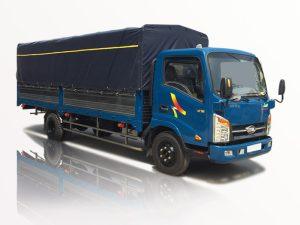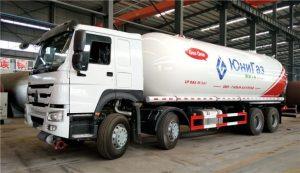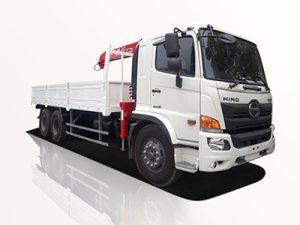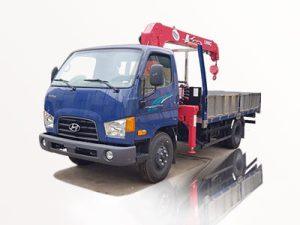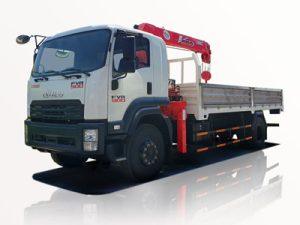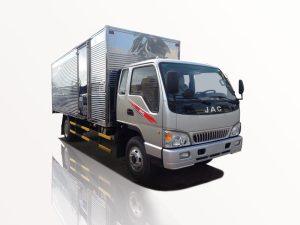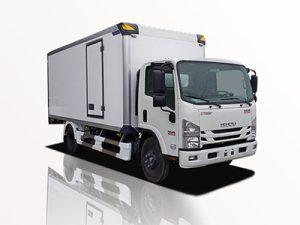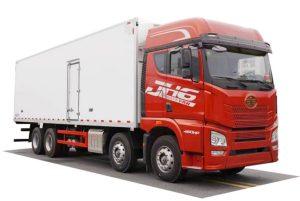Monday to Saturday - 8:00 -17:30
Understanding Type 3 Fire Engines: A Comprehensive Guide
Type 3 fire engines are a vital piece of equipment in wildfire suppression and urban firefighting operations. Designed for both off-road capabilities and urban firefighting needs, these vehicles boast unique features that enable them to access challenging terrains while providing essential fire mitigation services. This article explores the various aspects of Type 3 fire engines, their specifications, applications, and differences from other types of fire apparatus. By the end of this article, you will have a thorough understanding of what makes Type 3 fire engines essential in firefighting.
What is a Type 3 Fire Engine?
A Type 3 fire engine is a wildland firefighting vehicle that typically carries between 500 to 1,500 gallons of water. These engines are designed to access rugged terrains, making them ideal for fighting fires in forests, grasslands, and urban environments. Their combination of off-road capabilities and firefighting equipment allows them to effectively manage and suppress wildland fires while also providing support for more urban fire scenarios.
Specifications of Type 3 Fire Engines
Water Capacity and Pumping Capabilities
Type 3 fire engines have a water tank capacity ranging from 500 to 1,500 gallons. They are equipped with a fire pump that can produce a flow rate generally between 100 to 250 gallons per minute (GPM). The water capacity and pumping capabilities allow these engines to support initial attack operations on wildfires.
Chassis and Drive Train
The chassis of a Type 3 fire engine is typically built on a commercial truck frame to provide durability and stability. The drive train usually includes four-wheel drive to ensure off-road capability. Most Type 3 fire engines have a gross vehicle weight rating (GVWR) between 14,000 and 26,000 pounds.
Dimensions and Weight
Type 3 fire engines are compact compared to larger engines and ladder trucks. They generally measure around 20 to 30 feet in length and are designed to fit within the constraints of narrow forest roads while still providing adequate water storage and firefighting tools.
Firefighting Equipment
Type 3 fire engines are outfitted with essential firefighting equipment, including:
- Hoses and nozzles
- Water tanks
- Fire suppression foam capabilities
- Hand tools such as axes, pulaskis, and shovels
- Medical kits for first aid
Key Features of Type 3 Fire Engines
Off-Road Capabilities
One of the most significant advantages of Type 3 engines is their off-road capabilities. They are built with high-clearance suspension, larger tires, and rugged chassis to navigate through rough terrains, ensuring firefighters can respond to remote fires effectively.
Maneuverability
These engines are designed to be more compact and agile compared to larger fire apparatus, making them ideal for navigating narrow paths and tight spaces, particularly in wooded or urban areas. This flexibility enables quicker response times and enhanced firefighting effectiveness.
Adaptability
Type 3 fire engines can be equipped with various accessories and equipment based on the specific needs of the firefighting crew. For example, they can include portable pumps or additional water storage tanks for extended firefighting operations.
Typical Applications of Type 3 Fire Engines
Wildland Firefighting
Type 3 fire engines are primarily used for wildland firefighting, where dense vegetation presents a significant challenge. Their ability to operate in off-road environments allows for effective containment of fires in remote and rugged areas.
Urban Interface Fires
During wildfire season, Type 3 engines can also be employed to protect urban areas adjacent to forestlands. They can provide immediate firefighting support to defend structures from wildfires encroaching into neighborhoods.
Search and Rescue Operations
Aside from firefighting, Type 3 engines can play a crucial role in search and rescue operations during emergencies. They provide transportation for personnel and medical supplies while accessing areas difficult to reach with standard vehicles.
Comparison with Other Type of Fire Engines
Type 1 vs. Type 3 Fire Engines
| Feature | Type 1 | Type 3 |
|---|---|---|
| Water Capacity | 1,000 – 3,000 gallons | 500 – 1,500 gallons |
| Best Use | Urban firefighting | Wildland and urban interface firefighting |
| Drive System | Two-wheel or four-wheel drive | Four-wheel drive |
Type 3 vs. Type 4 Fire Engines
Type 4 fire engines are often more specialized for wildland firefighting than Type 3. While Type 3 engines can also handle urban environment scenarios, Type 4 engines generally have a smaller water capacity, around 300 to 1,000 gallons, and are more nimble in tight terrain.
Cost Considerations for Type 3 Fire Engines
The cost of a Type 3 fire engine can range significantly based on specifications and additional equipment. The average price typically falls between $250,000 and $500,000. Factors that influence this cost include:
- Chassis type and modifications
- Water pump specifications
- Customization options
- Brand and manufacturer
Maintenance and Care for Type 3 Fire Engines
Regular Inspection Routine
Regular inspections are crucial for maintaining Type 3 fire engines. Fire departments should implement a schedule that includes:
- Checking fluid levels (oil, water, and fuel)
- Inspecting hoses and nozzles for wear
- Ensuring that all firefighting equipment is in functional condition
Preventative Maintenance Tips
To maximize the lifespan and reliability of Type 3 fire engines, departments should consider:
- Regularly washing engines to prevent rust and corrosion
- Using quality parts during repairs and replacements
- Conducting annual inspections by certified mechanics
Training Firefighters on Type 3 Fire Engines
Hands-On Training Programs
Fire departments must develop hands-on training programs for firefighters to familiarize them with the operation of Type 3 fire engines. Training should cover:
- Driving techniques in off-road conditions
- Efficient use of firefighting equipment
- Safety protocols for wildland firefighting operations
Simulations and Drills
Conducting regular simulations and drills can help ensure that all team members are prepared for a variety of scenarios that may arise in wildland and urban firefighting situations.
Frequently Asked Questions (FAQ)
What is the primary purpose of a Type 3 fire engine?
The primary purpose of a Type 3 fire engine is to provide support in wildland firefighting as well as in urban interface scenarios, allowing for efficient fire suppression in various environments.
How does a Type 3 fire engine differ from a Type 1 engine?
Type 1 fire engines are typically larger and designed for urban firefighting, while Type 3 engines are more versatile, offering off-road capabilities and are suited for both wildland and urban environments.
What kind of training do firefighters need for Type 3 engine operations?
Firefighters require specialized training that covers the operating procedures of Type 3 engines, including driving and maneuvering in difficult terrains, the use of firefighting equipment, and safety protocols.
How often should a Type 3 fire engine be maintained?
Type 3 fire engines should undergo regular inspections and maintenance at least once a month, with thorough inspections completed annually by certified professionals.
What additional equipment can be added to Type 3 fire engines?
Type 3 fire engines can be customized with various equipment, such as portable pumps, foam dispensers, and additional storage for medical supplies or specialized firefighting tools.
Can Type 3 fire engines be used for emergency medical services?
Yes, Type 3 fire engines can be equipped with medical kits and supplies, allowing them to assist in emergency medical services during firefighting operations, particularly in remote locations.


